Running Electrical Cable
Builder Andy Engel shares his tricks for pulling cable through framing.
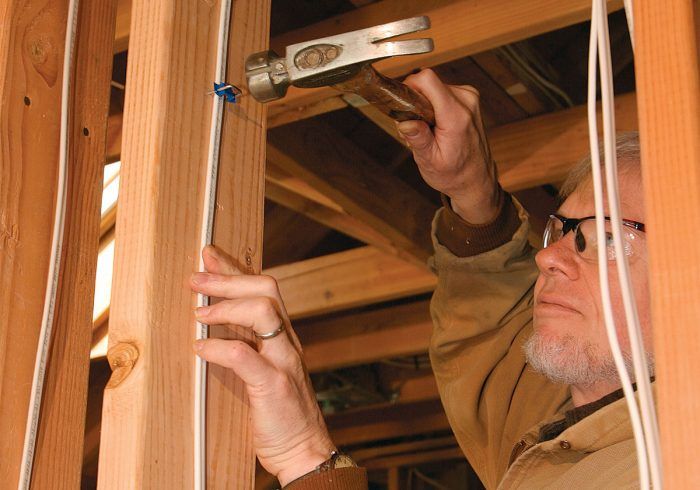
When I was a builder, I wired all of my houses with my partner, an electrician. Of course, that doesn’t fully qualify me as an electrician, but I know a bit about grunt work, such as pulling cable. Even something seemingly as simple as pulling wire through the framing goes better when you know a few tricks.
There’s a difference between cable and wire. Wire refers to the individual conductors the electricity runs through. Cable is a group of wires wrapped in some sort of outer sheathing, usually vinyl. Electrical cable typically is composed of two or three insulated 12-ga. or 14-ga. copper wires, plus a bare ground wire. The name for this configuration is nonmetallic sheathed cable, or NM, or Romex, which is Southwire’s brand of NM. A few jurisdictions require NM to be run in conduit, but most residential wiring is done with NM run through holes in the framing or stapled to the sides of framing members.
If not installed correctly, NM cable can kink and twist. Repeated bends at a kink can break the wire. Plus, kinky cable is much harder to pull through the framing. Finally, neatly installed cable looks professional and is easier to trace if you find yourself confused about which cable does what. With the proper technique, anyone can pull cable like a pro.
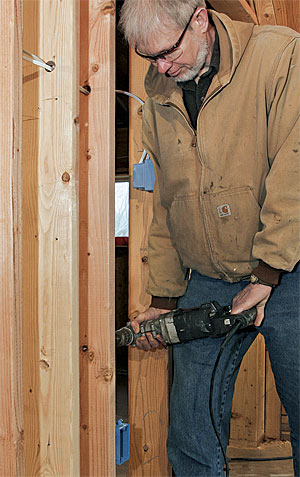 |
1) Align the holes. It’s easier to pull cable if the holes through the framing are in a straight line. Eyeball the line, and use a consistent body posture to keep the holes aligned. Drill 3⁄4-in. holes. Center holes in the framing members, and never drill closer than 2 in. to the edge of a joist or rafter. Put the holes about 1 ft. away from electrical boxes so that there’s room to staple the cable near the box. |
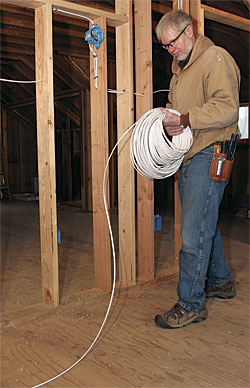 |
2) Prep the cable. Before running cable through the framing, unroll 10 ft. or 20 ft. on the floor. This will prevent the cable from twisting and kinking as it would if you just pulled it off the roll. Although special tools are available for unrolling cable, you can simply unroll the cable using your arms like a football referee indicating illegal formation. |
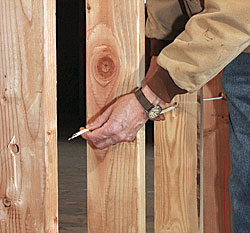 |
3) Work carefully. Thread the cable through the holes, and give it a tug. Keep an eye on the cable roll; you may need to feed more out as you go. |
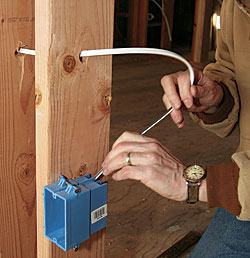 |
4) Feed the boxes. After running all the cables in an area, strip the sheathing back at least 6 in. (9 in. is better), feed the wire into the boxes, and staple the cable to the framing within 8 in. of plastic boxes and within 12 in. of metal boxes. Make sure there’s no unsheathed wire outside the box. |
 |
5) Staple wire flat. When cable runs along studs, joists, or rafters, keep it flat and neat, and staple it about every 4 ft. The maximum distance code allows between staples is 4-1⁄2 ft. Don’t damage the sheathing by driving the staples too hard, and keep the cable at least 1-1⁄4 in. from the edge of the framing. |
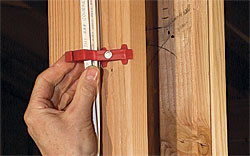 |
6) Keep your work neat. You can arrange multiple parallel cables neatly using stackers. Stackers also provide airspace to keep wires from overheating and are especially handy near multiple-switch boxes and breaker panels. |
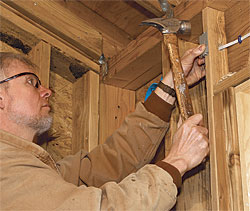 |
7) Use nail plates when necessary. When a cable hole is within 1-1⁄4 in. of the edge of a stud, code requires nail plates to prevent drywall fasteners or finish nails from damaging the cable. |
Wiring tool kit
Although pricey, a heavy-duty 1⁄2-in. angle drill is essential for running more than a few feet of cable. It fits between studs on 16-in. centers, and its self-feeding bits pull themselves through the wood, saving operator fatigue. You’ll also need a cable stripper and lineman’s pliers.
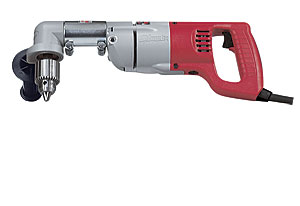 |
Milwaukee 3107 heavy-duty right-angle drill |
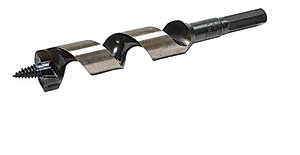 |
Greenlee self-feeding drill bit |
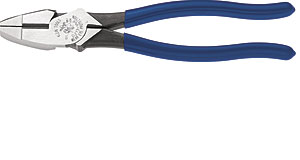 |
Klein lineman’s pliers |
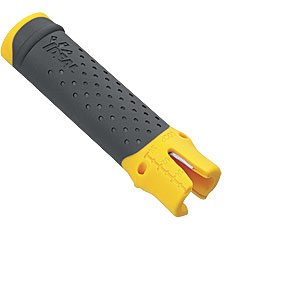 |
Ideal Lil’ Ripper Stripper |
Step-by-step photos by Patrick McCombe
Product photos courtesy of the manufacturers
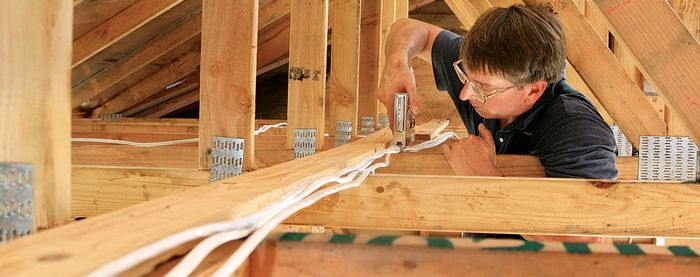





View Comments
Thanks for sharing this amazing tricks with us!